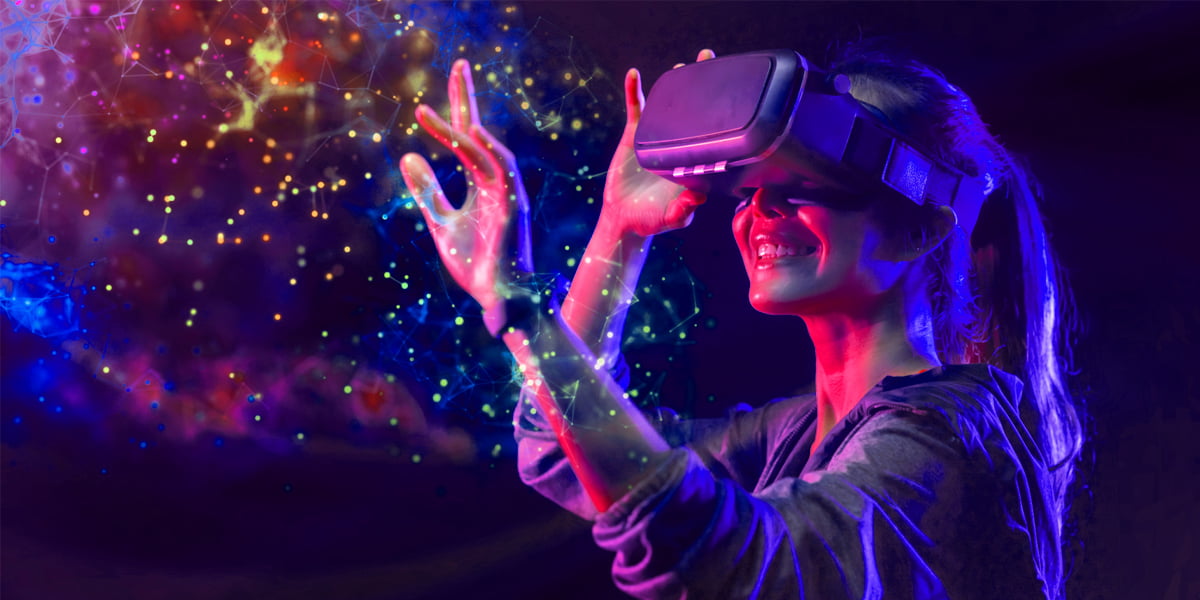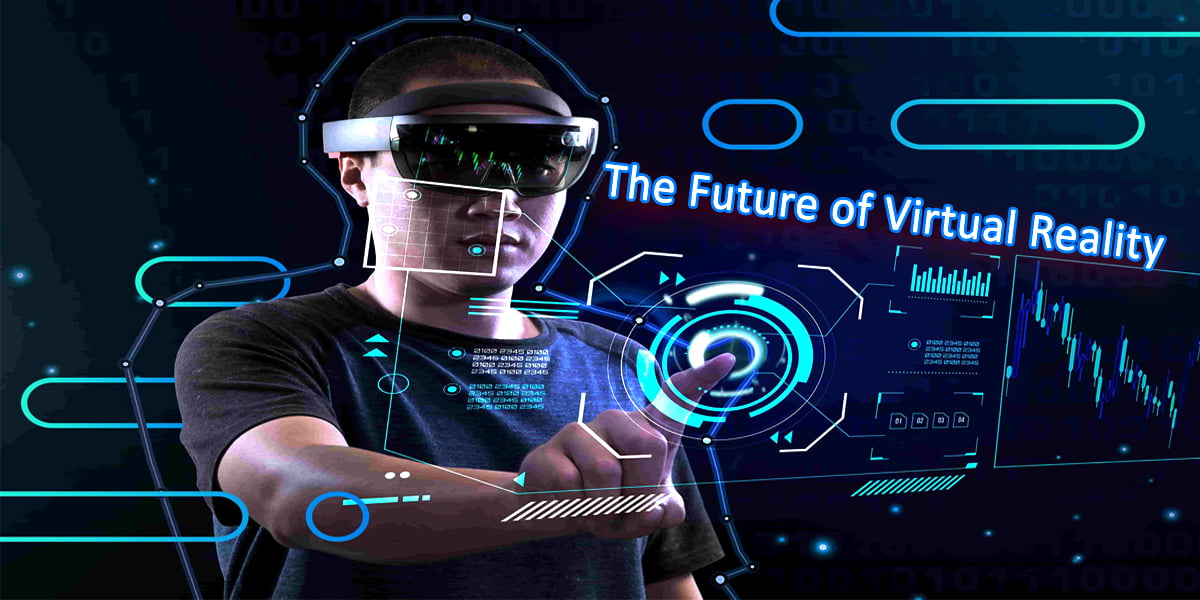The Future of Virtual Reality: Applications and Impacts
With its interactive capabilities, Virtual reality has potential for various industry applications. They can explore and interact with individuals using electronic devices like headsets and motion controllers. In this read, we discuss the Future of Virtual Reality along with applications, impact, and challenges.
Virtual Reality systems have advanced technologies to create proper and engaging experience. These systems typically consist of a VR headset, motion-tracking sensors, and input devices.
Applications of Virtual Reality
Gaming and Entertainment
The gaming industry is about using virtual Reality. VR gaming offers a proper level of involvement, enabling players to step into their favorite characters and explore captivating virtual worlds. From action-packed adventures to realistic simulations, VR gaming provides an engaging experience.
Beyond gaming, virtual Reality has also revolutionized the entertainment industry. VR movies and experiences combine visual spectacle and interactivity, offering viewers a proper cinematic experience.
Education and Training
Virtual Reality revolutionizes education and training by providing realistic learning experiences. In virtual classrooms, students can explore historical events, visit distant places, or explore complex scientific concepts, making learning more exciting and fun.
Healthcare and Therapy
Virtual Reality has made significant shifts in the healthcare industry, transforming patient care and therapy. It is used for pain management, relaxation, and distraction during medical procedures. Furthermore, VR-based physical rehabilitation programs have proven effective in restoring motor skills and improving mobility for patients recovering from injuries or surgeries.
Architecture and Design
Virtual Reality has become a valuable tool for architects and designers. It allows them to visualize and present their concepts fully with complete detail. Architects can create virtual walkthroughs of buildings, enabling clients to experience proper layout and design before construction begins. Interior designers can use VR to highlight furniture arrangements and color schemes, helping clients make proper decisions. VR technology provides the design process, enhances collaboration, and reduces costly errors.
Communication and Collaboration
VR platforms enable remote teams to meet and interact in a shared virtual space, regardless of geographical distances. It results in a sense of presence and facilitates more effective communication. Businesses can conduct virtual conferences, training sessions, and collaborative brainstorming sessions, ends the need for physical travel and enhancing productivity.
Impacts of Virtual Reality
Cultural and Social Impacts
Virtual Reality can change physical boundaries and connect people from diverse cultures and backgrounds. It can facilitate cross-cultural experiences, allowing individuals to explore different environments, traditions, and perspectives.
Economic Impacts
The widespread adoption of virtual Reality is expected to drive significant economic growth. As VR applications increase across industries, new job opportunities will emerge, ranging from VR content creation and development to specialized VR hardware manufacturing. Moreover, VR can change traditional business models by enabling remote work, reducing travel costs, and enhancing operational efficiency.
Ethical Impacts
The nature of virtual Reality raises important ethical and psychological impacts. As VR experiences become increasingly realistic, it is crucial to ensure the ethical use of this technology. The psychological impact of VR usage and its potential effects on mental health must be carefully studied. Get to know about TikTok Tips to Increase Engagement now.

Types of Virtual Reality
Virtual Reality (VR) can be classified into several types based on the level of immersion and the type of technology used. Here are some common types of Virtual Reality:
- Non-immersive VR: This type of VR typically involves viewing virtual content on a computer screen or mobile device without a complete sense of immersion. It can include 3D simulations or interactive experiences, but the user remains aware of their physical environment.
- Semi-immersive VR: In semi-immersive VR, users are partially in a virtual environment using large screens or projectors. This type of VR can provide a wider field of view and a more immersive experience than non-immersive VR, but it does not fully disappear from the physical world.
- Fully immersive VR: Fully immersive VR provides the highest level of immersion by surrounding the user with virtual content. The user’s visual and auditory senses are primarily engaged and can explore and interact with the virtual environment.
- Augmented Reality (AR): It combines virtual content with the real world. AR technology overlays computer-generated information onto the user’s real-world view, typically through a smartphone, tablet, or AR glasses. It allows users to see and interact with virtual objects within their physical environment.
- Mixed Reality (MR): Mixed Reality combines elements of both Virtual Reality and Augmented Reality. MR often requires specialized headsets or devices with proper mapping and advanced tracking capabilities.
Challenges of Virtual Reality
The future of Virtual Reality is about to encounter several challenges. Here are some of the key challenges of Virtual Reality:
Hardware Requirements
VR experiences require powerful hardware for high-quality graphics that deliver immersive experiences. It can be a barrier for many individuals needing access to expensive VR headsets or gaming computers, limiting the adoption of VR technology.
Cost
The high price point can make it difficult for many consumers to afford VR systems, limiting accessibility and mainstream adoption.
Content Availability
Although the VR content library has expanded over the years, it still needs to catch up to traditional forms of media in terms of quantity and verity. The limited availability of compelling and varied content reduces the widespread adoption of VR technology.
Social Isolation
Spending excessive time in virtual environments may reduce face-to-face interactions and real-world social connections, potentially impacting overall well-being.
Conclusion
Virtual Reality holds the future, with its applications diverse fields and its impacts reaching everywhere. From gaming and entertainment to education, healthcare, and beyond, VR transforms how we experience and interact with digital content.





